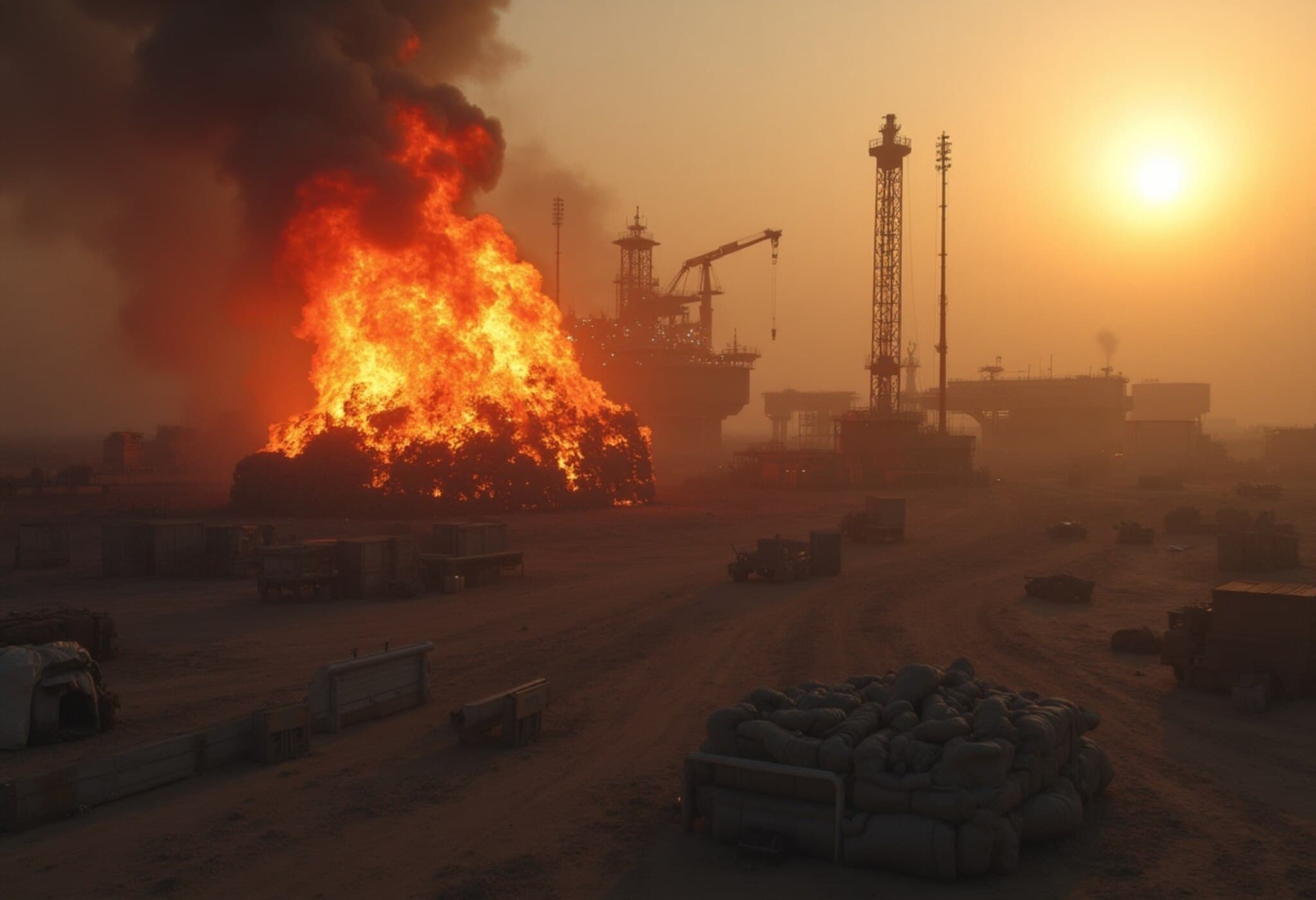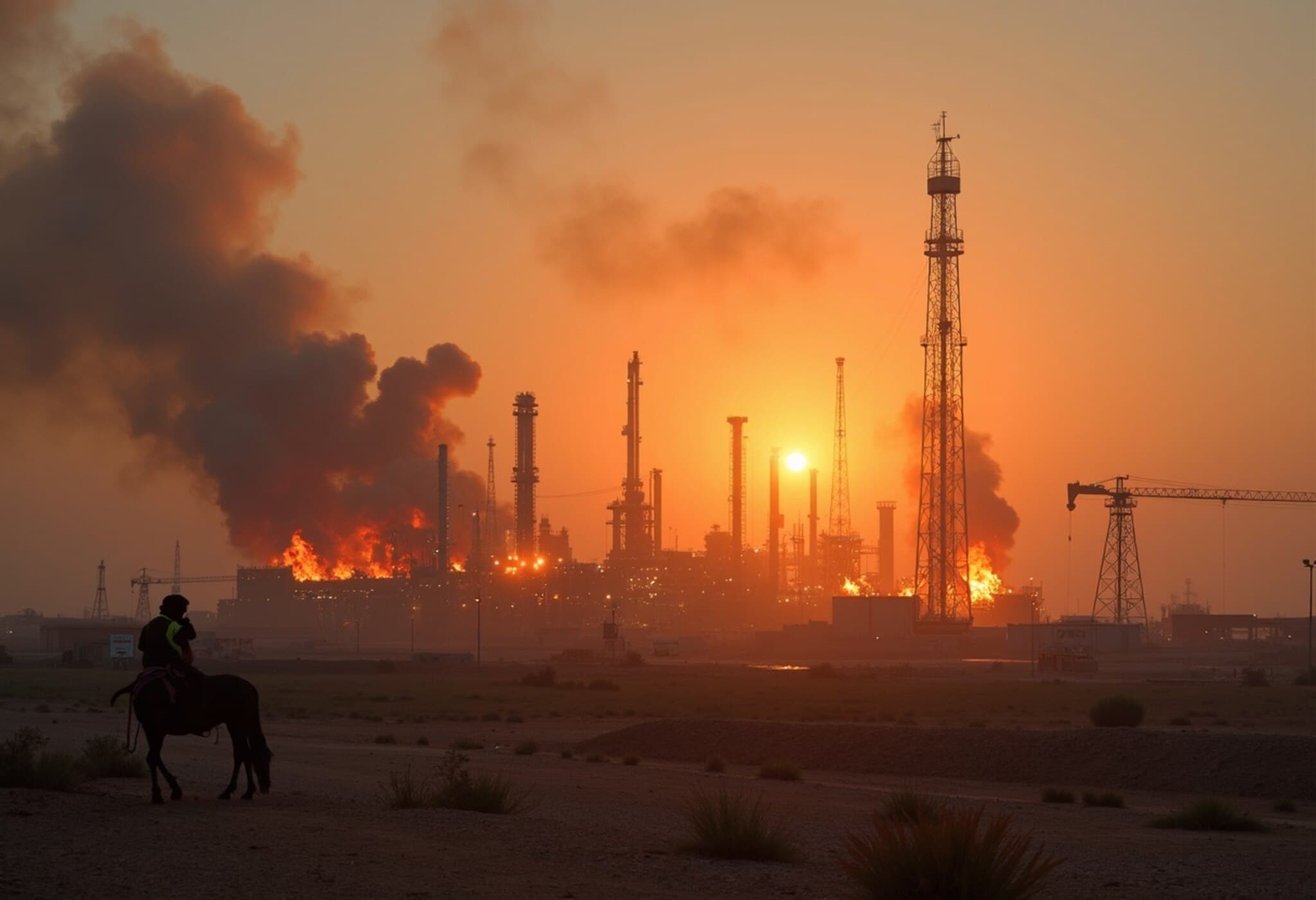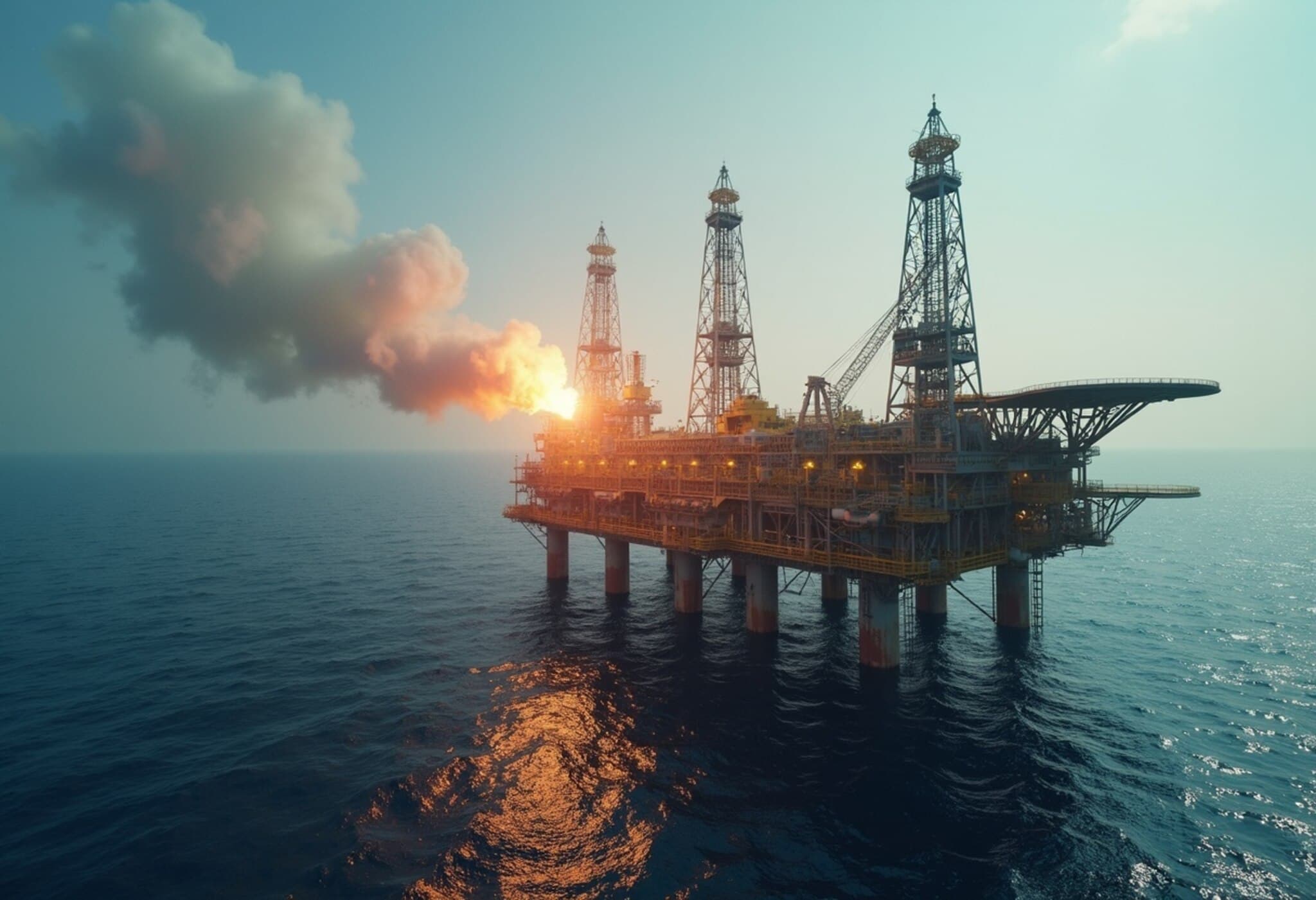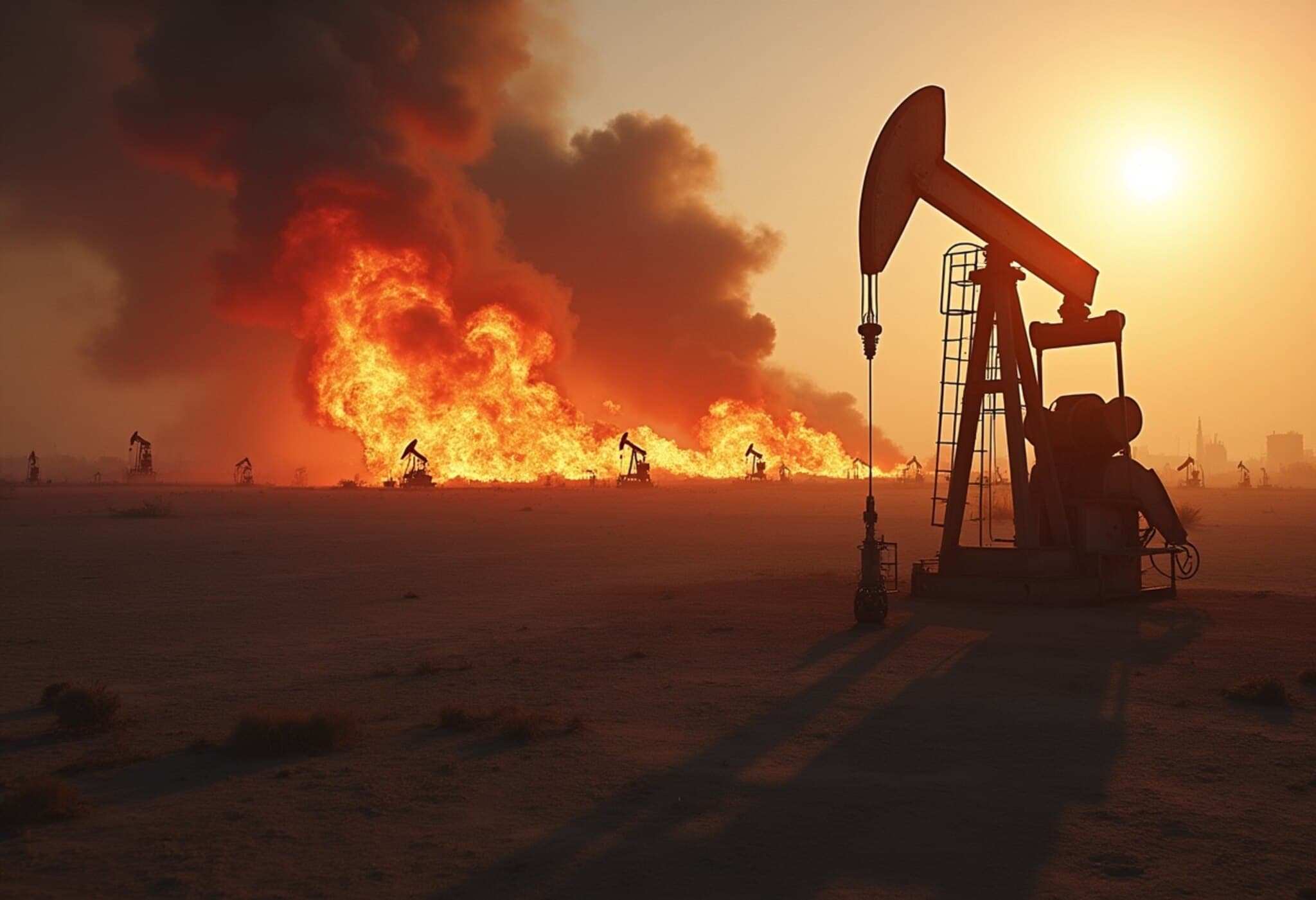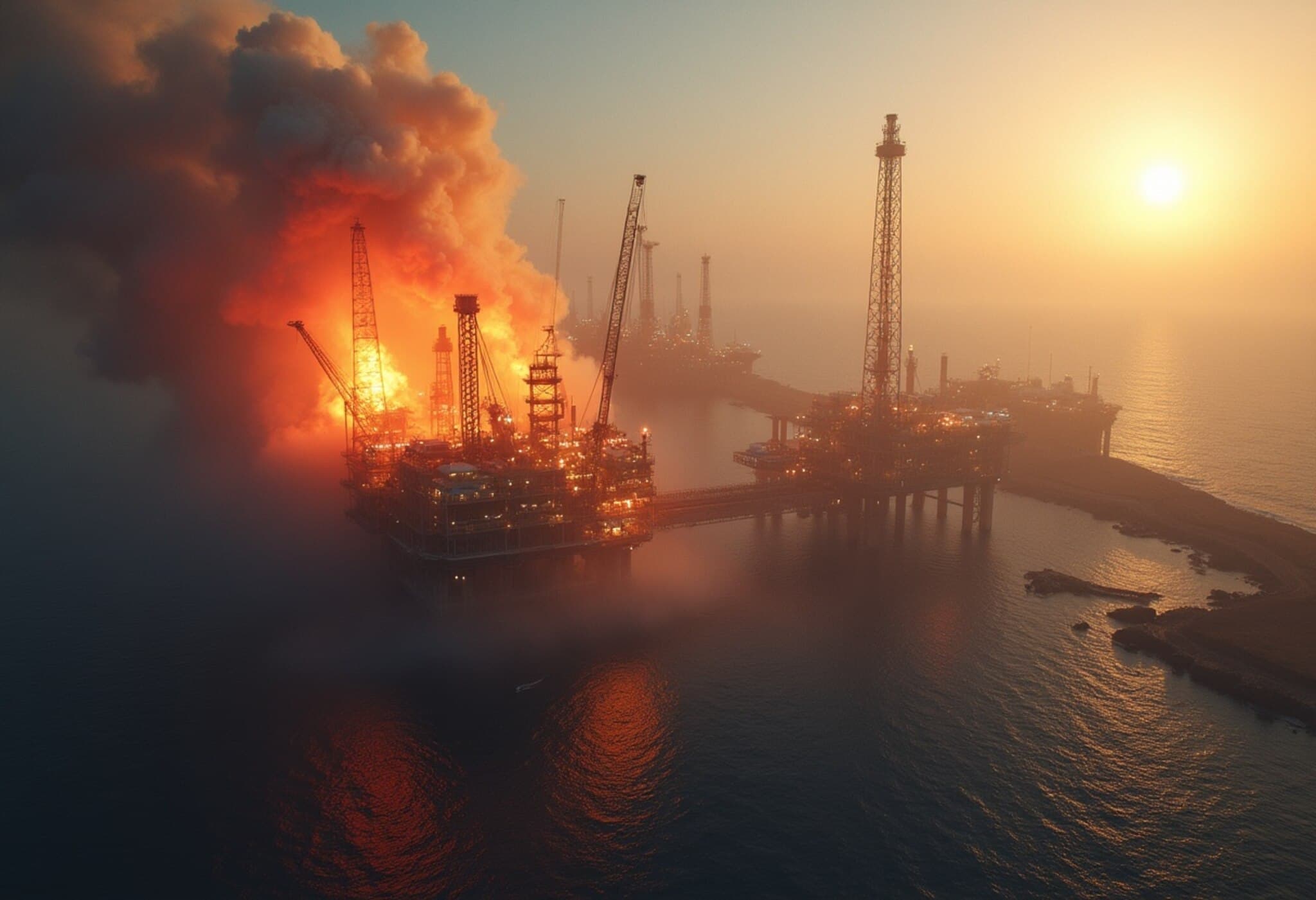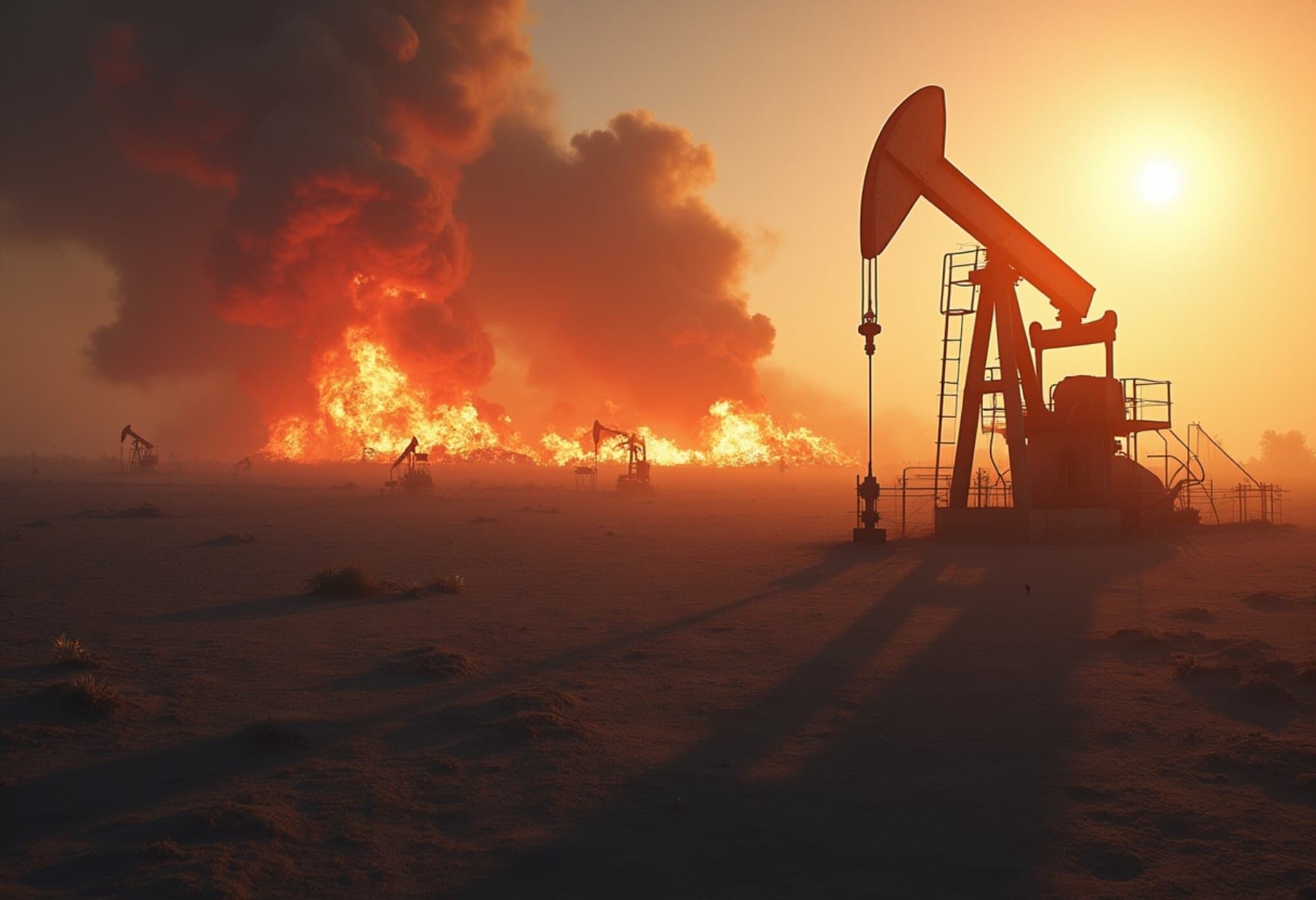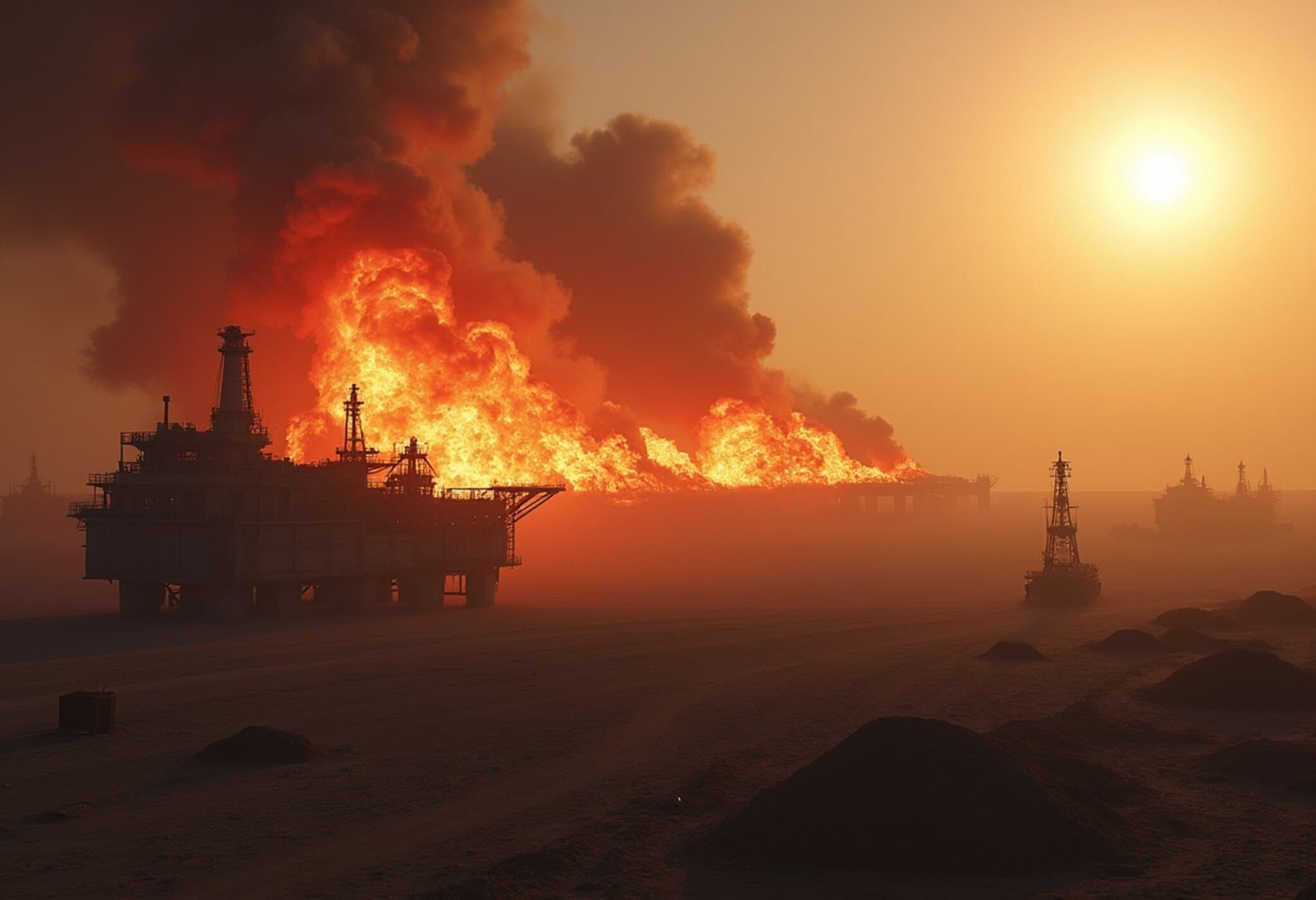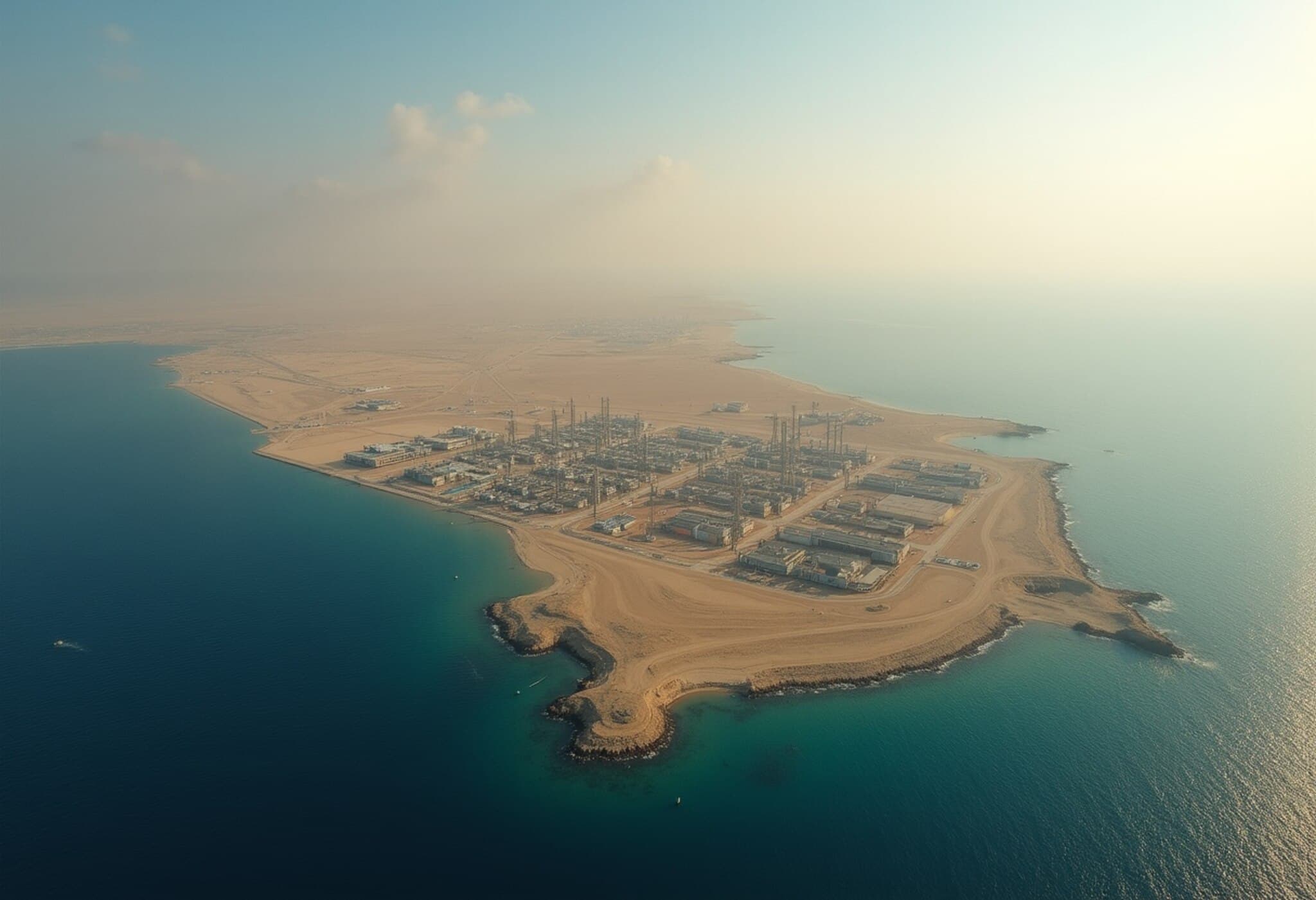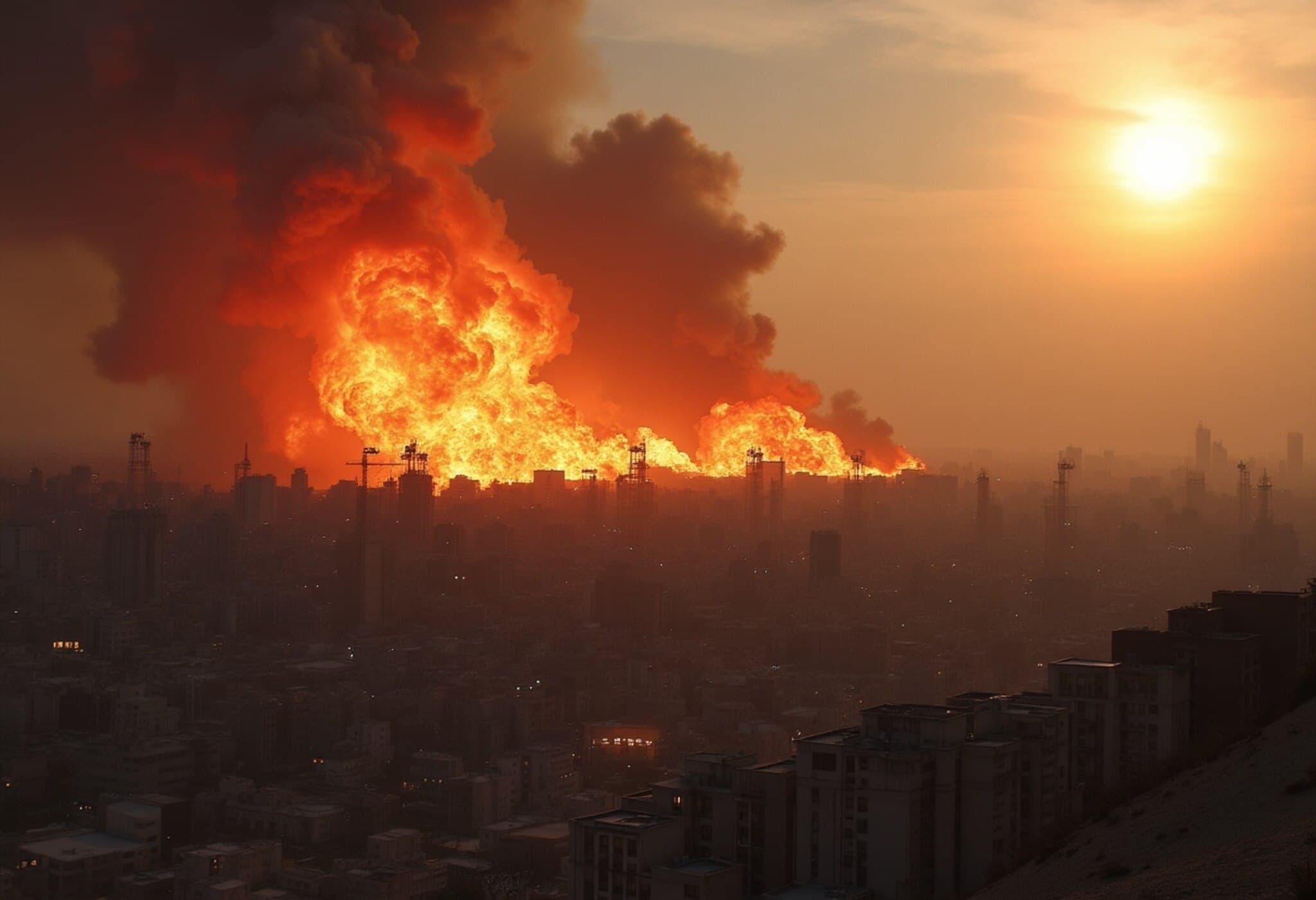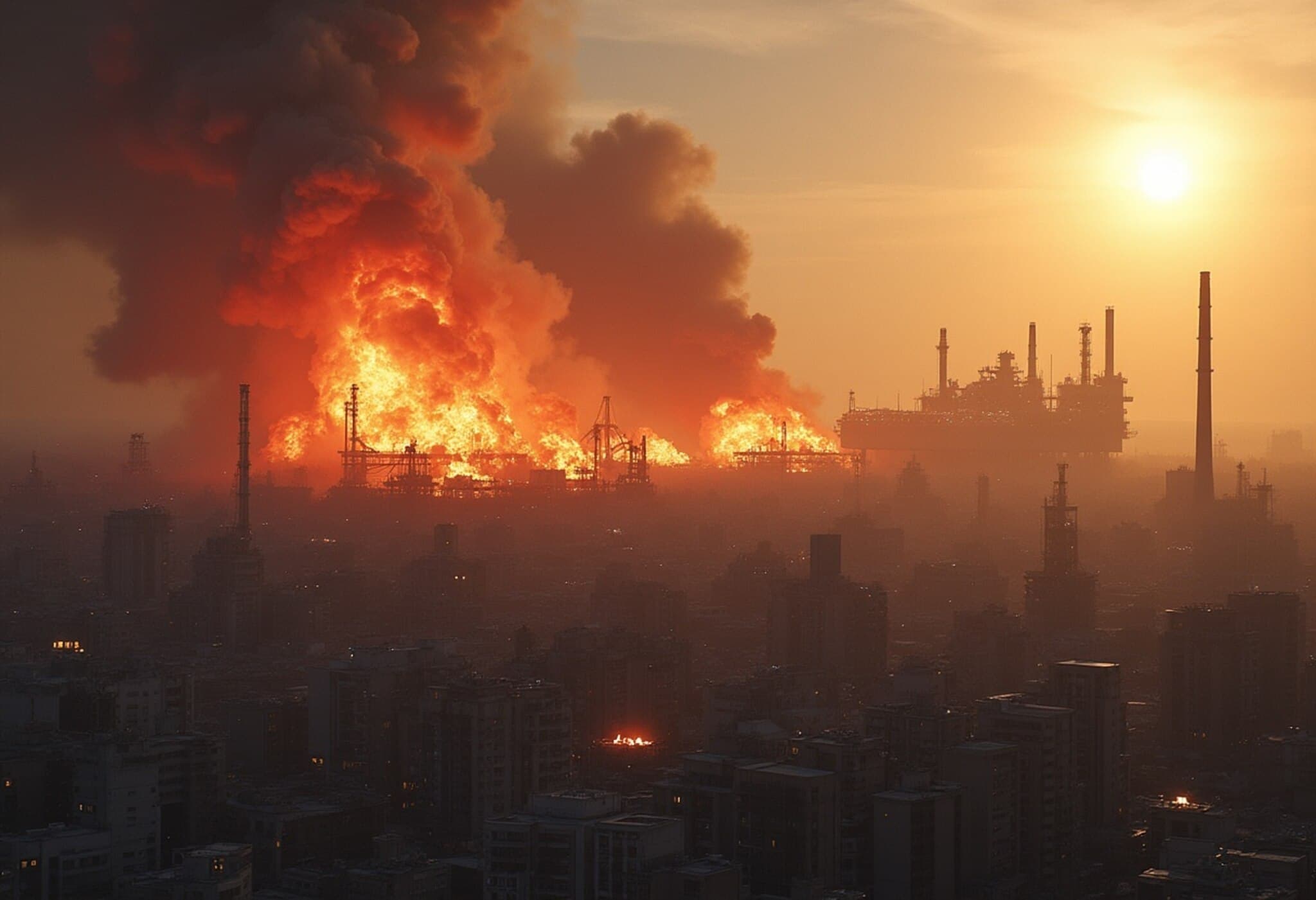Oil Markets on Edge as U.S. Enters Iran-Israel Conflict
Oil prices jumped more than 7% recently, reaching their highest point in months after Israel's strike on Iranian targets intensified tensions in the Middle East. The escalating conflict has sparked fresh concerns about potential disruptions to vital oil supplies, raising the specter of a volatile market phase.
Strait of Hormuz Closure Could Push Oil Beyond $100
Industry analysts warn that if Iran follows through on threats to close the Strait of Hormuz—a strategic chokepoint through which roughly 20 million barrels of oil and petroleum products pass daily—oil prices could soar past the $100 mark. This scenario would foreshadow a shock comparable to the price spikes observed in 2022 following geopolitical upheaval in Eastern Europe.
Saul Kavonic, senior energy analyst at MST Marquee, emphasized the risks: "We face the possibility of unprecedented supply disruptions more severe than those seen after the Ukraine crisis." He further noted that even limited interference with traffic through the Strait could send oil prices sharply higher.
Why the Strait of Hormuz Matters
Connecting the Persian Gulf to the Arabian Sea, the Strait of Hormuz serves as a critical artery for global oil trade, accounting for nearly one-fifth of worldwide shipments. Any sustained blockade or hostility in this narrow passage would drastically disrupt energy flows worldwide.
Military Escalation Could Extend Conflict and Impact Supply
The direct involvement of the U.S. has shifted the dynamics dramatically. Experts like Bob McNally, president of Rapidan Energy Group, caution that if Iran fully mobilizes its military capabilities, the conflict could outlast prior Gulf Wars, severely impacting not only oil but liquefied natural gas shipments.
"Prolonged closure or damage to key Gulf energy infrastructure could drive crude prices well above $100 per barrel," McNally warned.
Market Sentiment Reflects Heightened Volatility
The energy market's volatility index is climbing to levels last seen in March 2022, signaling growing apprehension among traders. Andy Lipow of Lipow Oil Associates remarked, "This time feels different with sustained missile exchanges and U.S. direct involvement—which could push prices toward $100 if exports via the Strait are impacted."
Balancing Act: Rhetoric vs. Reality
Despite mounting threats, Iran has yet to target vital energy infrastructure directly. According to Rebecca Babin, senior energy trader at CIBC Private Wealth, "Both sides appear incentivized to keep oil facilities out of harm's way, at least for now."
Historically, Iran has issued similar threats in 2011, 2012, and again in 2018 when tensions spiked following U.S. withdrawal from the nuclear agreement and sanctions renewal. Yet, previous closures or disruptions have remained mostly rhetorical.
Vandana Hari, founder and CEO of Vanda Insights, advises caution: "Traders should avoid panic unless concrete evidence suggests severe disruption is imminent." The cautious market response after recent U.S. strikes reflects this measured stance.
Looking Ahead
As geopolitical tensions simmer, the global energy landscape braces for potential volatility. A swift escalation involving the Strait of Hormuz could unsettle markets worldwide, with prices recalibrating to new highs.

